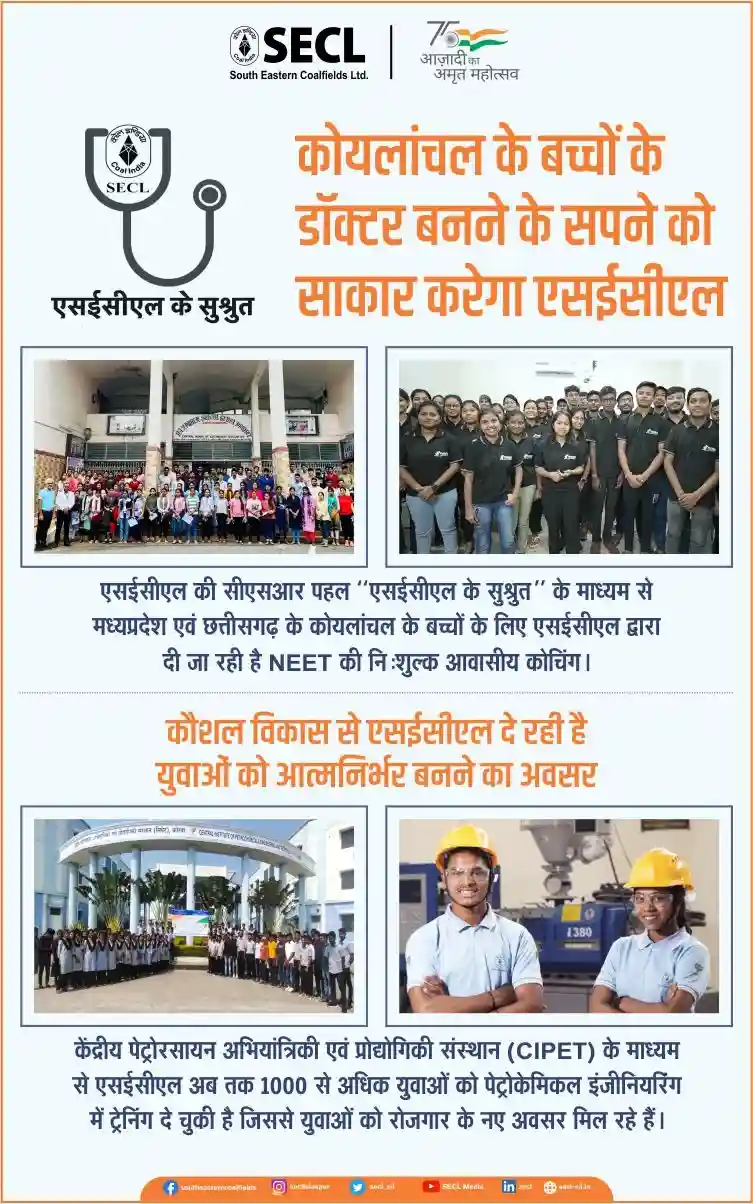May Day is famously known as a commemoration of the agitation for 8-hour work which occurred in Chicago, US on May 1, 1886.
But due to untoward handling of the issue, it ended in a clash with Police and became known as a total failure in the history of labour struggle.
Even before the incident, the Government had accepted the same demand and US Congress had passed a resolution on the same in 1868.
The strike on May 1 was very peaceful and did not have anything special to be mentioned in labour history. The untoward violent incidents in Chicago happened not on May 1, but on 3rd and 4th which had no connection with the protest on May 1.
The violence happened as a result of unhealthy competition between rival Trade Unions. On May 3, the labourers of McCormick Harvesting Factory under the leadership of a weak Anarchist Communist group held strike and clashed with Police in which 4 labourers died.
Next day they held a protest meet in the Haymarket Square which had to be dispersed because of heavy rain. Those who did not leave the place, threw a bomb on police and police fired back. In the fight, 4 labourers and 7 policemen died.
Consequently, several leaders were in Jail and four leaders were hanged to death. Thus the Trade Union movement which was fast growing in US met with a sudden fall. The struggle could not achieve anything. US labour movement rejected the violent Chicago incident.
The US Trade Unions celebrated first Monday in every September as Labour Day. May Day was later celebrated in US as “Children’s Day”! Chicago is more known today for the historic speech of Swami Vivekananda on September 13, 1893.
This was the first stage of May Day. Haymarket Square incident can be compared to the violent Chauri Chaura incident in India which strengthened our freedom struggle when Gandhiji took strong non compromising disciplinary stand against violence.
Great Communist Betrayal The second stage reminds us of a great Communist betrayal of its followers. In 1889, the second Communist International that met in Paris decided to celebrate May 1 as Labour Day. But May Day became a contentious issue even in Communist International and finally in 1904 they dropped the idea of celebrating May Day anymore as Labour Day.
It was celebrated for other political demands even though in Russia, Lenin urged people to celebrate May Day. But when Hitler rose as an autocrat, Communists all over the world started celebrating May Day as “Anti Fascist day” from 1929 till 1940. Later, Russian Communist leader Stalin, when he had alliance with Hitler, the greatest dictator in History and who was responsible for World War II, had no other go but to stop celebrating it as “Anti Fascist Day”. So he betrayed Communists all over the world and asked them to start celebrating it as “Labour Day”.
Thus the present way of celebrating May Day as Labour Day came into existence. It is being celebrated not only by Communists but also by non-Communists like INTUC, the Congress Trade Union not knowing the real story and falling in the Communist propaganda. Unlike many of the Indian Trade Unions, most of the Trade Unions in the world consider it as a matter of Communist betrayal and do not celebrate May Day as Labour Day.
That is why BMS has chosen not to celebrate May Day as Labour Day. Instead it celebrates Vishwakarma Jayanti day as National Labour Day. Many States in India also have officially declared Vishwakarma Jayanti as Labour Day.
Work is a Yajna Vishwakarma symbolises the dignity of labour which was given maximum respect by ancient India. India’s history of great personalities starts from the sacrifice of Vishwakarma who is believed to have created the Universe.
He himself chose to be the Havis in a Yajna held to create the Universe (Rigveda 10.81.6). Thus he was raised to the status of a Deva. Rigveda (10.121) says he created earth, water, living creations etc. He was known as the great architect of Gods.
He is also believed to be not merely a person. Those respectable personalities who served the society by their skilled work were all called ‘Vishwakarma’. Invention of many items mentioned in our ancient literature is attributed to him.
The Sudarsan Chakra of Vishnu, Thrisula of Shiva, Spear of Kumara, the Chariot of Indra, Hastinapuri for Pandavas, Dwaraka of Sri Krishna, Indraloka, Vrindavan, Lanka, Pushpak Vimana etc. were all the creations of the genius of Vishwakarma. Vastu Architecture and all the Arts were his inventions.
He was the first labourer in the world and was the Acharya of labour. Many people belonging to different caste divisions of labour, consider that they are the successors of Vishwakarma. He is a model for all the labourers. His son Vritra was greedy and demonic in character and was the General of Hiranyakashipu.
Vishwakarma himself created the special weapon to kill his son. Vritra was known to have been killed due to the great sacrifice of both Vishwakarma and Dadhichi. Another son Nala became a devotee of Sri Rama and he constructed the Sethu Bridge to go to Lanka. Vishwakarma symbolises the paradigm shift in the present day thought process.
Work is considered as a Yajna. Indian Industrial relations are traditionally based on family like relationship. BMS has accepted family as a model for industrial relations and put forward the great concept of ‘Industrial family’.
This is in contrast with the master-servant relationship of the west or the class enemy concept of the Communists. We have imbibed the slogans “Tyag-Tapasya-Balidan”, “work is worship” “Nationalise the Labour” etc. from the life of great personalities like Vishwakarma. To bring uniformity, Vishwakarma Jayanti is celebrated on Septemeber 17 every year, since in many places it is celebrated both on Bhadrapada Shukla Panchami as well as on Magha Shukla Thrayodasi. May Day, imported from the west, fails to motivate labour positively where as Vishwakarma Jayanti can.
Source : Organiser
Follow on Facebook (https://www.facebook.com/industrialpunch) and Twitter (https://twitter.com/IndustrialPunch) for updates on social media…















